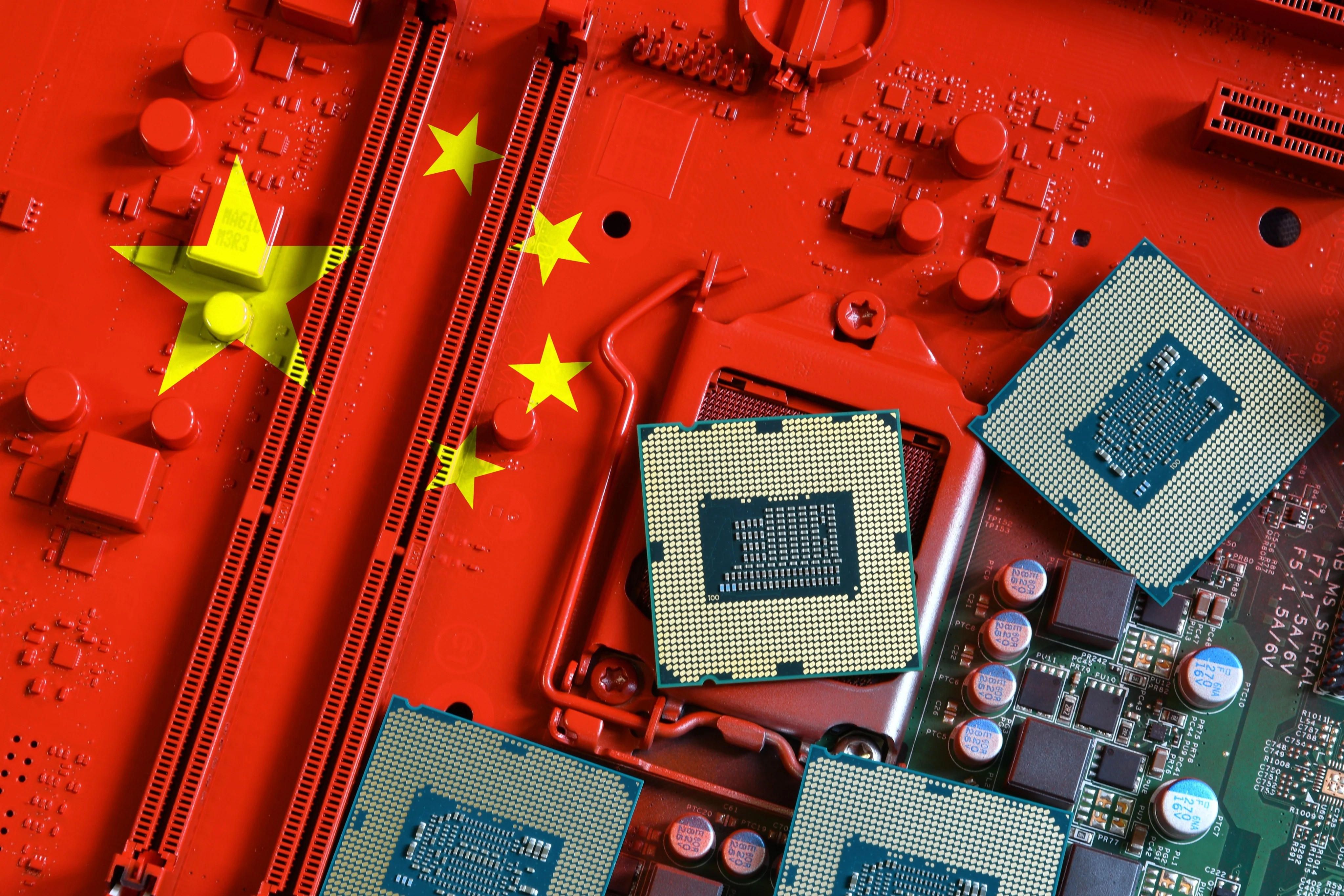Copyright scmp

China’s top leadership has pledged to build an immigration system to lure foreign talent in a move that may help increase its competitiveness amid the ongoing technological competition with the United States. In the blueprint for the five-year plan that starts next year, Beijing said it would “establish an immigration system for hi-tech talent”, and “attract and cultivate outstanding talent from around the world”. The plans, released on Tuesday following a major policy meeting of the Communist Party’s Central Committee last week, also included a pledge to “build globally influential centres for education, science and talent” and “cultivate outstanding engineers, master craftsmen, high-skilled professionals and other diverse talents”. The proposals follow the introduction earlier this month of the K visa, a scheme designed to lure young graduates in science, technology, engineering and mathematics by offering them streamlined entry, residence and employment opportunities – without the need for a job offer or letter of introduction. The latest proposals build on a pledge in a policy paper last year to “explore and establish” a hi-tech immigration system. “To the international community, this is a signal of China’s expansion of its opening up,” Zheng Jinlian, the vice-president at the Centre for China and Globalisation, a Beijing-based think tank, said. Josef Gregory Mahoney, an international relations professor at East China Normal University in Shanghai, said the latest moves built on existing efforts to lure international talent. “[But] these efforts should be deepened presently as the US increasingly alienates foreign experts while simultaneously trying to establish a technology blockade against China, requiring Beijing to pursue greater self-reliance,” he said. He also said past US success in attracting immigrants to help develop its hi-tech industries had also attracted China’s attention. At present, the number of overseas students in China remains comparatively modest. According to the latest figures available from the Ministry of Education, a total of 255,720 international students were studying for undergraduate and postgraduate degrees in Chinese universities in 2021, representing less than 1 per cent of the total national enrolment. But in the US for the same year, 45 per cent of postgraduate students – a total of 78,987 – came from overseas, according to research by the Centre for Strategic and International Studies, cited in the National Centre for Education Statistics. “Looking ahead, I believe we should draw more on international experience, focusing on attracting talent through education,” Zheng said, adding that the US was a key model. “I believe this approach aligns with international norms. Especially, taking the US as an example, we can draw valuable insights from their experience.” Mahoney added that China had a tradition of “welcoming home overseas Chinese”, especially those with science and technology backgrounds, but the country was now “open to talent from all corners of the world”. Researchers have highlighted an increasing trend among scientists of Chinese descent leaving the US, especially since the China Initiative designed to combat espionage was introduced during Donald Trump’s first term in the White House in 2018. The scheme, which critics said had devastated academic careers, had been linked to a 75 per cent increase in departures since 2018, according to research published last year by the Stanford Centre on China’s Economy and Institutions. Stefanie Kam, an assistant professor at the Institute of Defence and Strategic Studies at Nanyang Technological University, said the increased effort to lure overseas researchers was also intended to address China’s own shortcomings in basic research. “The Chinese are very driven to succeed and one of the best in the world in applied science and technology, as seen in [the country’s] robotics work … but its basic research capacity and major original sci-tech advances or breakthroughs are still far less developed than in the West,” she said. “These are all products of the research environment in China and state investment in basic research.” But such efforts also risk a domestic backlash. When plans for the K visa were first announced in August, they prompted a wave of criticism on domestic social media, where many users argued that the scheme ignored the country’s high unemployment rate and competitive job market. Mahoney said it was essential for the central government to win over the public, arguing: “It’s necessary for the central government to take a firm leadership role, both implementing these policies effectively and explaining to the Chinese people why this is in their national interest.” But Kam said the reforms were primarily aimed at promoting “exchanges and cooperation” rather than compensating for labour shortages, so they were “unlikely to have any significant impact on the labour market”. But Zheng warned that China had a long way to go in terms of changing public opinion on immigrants, saying that compared with the US and other Western nations, it had never had high levels of immigration.



